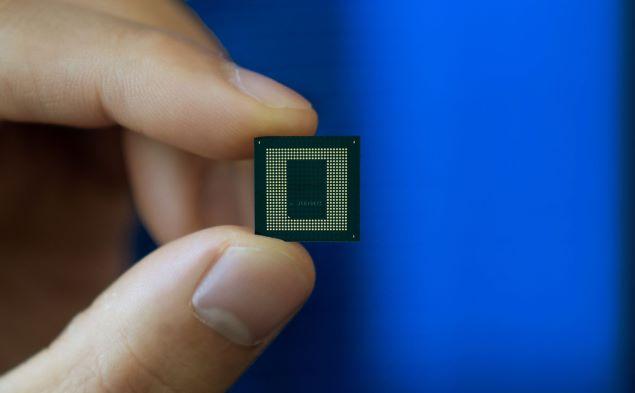Amid escalating trade tensions and shifting tariff regimes, Google parent Alphabet has reportedly decided a shift the manufacturing strategy for its Google Pixel smartphones. Following Apple’s cues, US govt’s tariff decision has prompted the tech giant to consider relocating a major portion of Pixel production from Vietnam to India (which now presents a more stable alternative). For now, the tech company is reportedly in talks with electronics manufacturers – including domestic firm Dixon Technologies and Taiwanese manufacturer Foxconn.
US government’s had impose steep tariffs — 46% on imports from Vietnam (though it paused enforcement for 90 days starting April 9), compared to a relatively lower 26% on goods from India.
While Alphabet had previously aimed to gradually scale up Pixel production in India over a span of two to three years, sources familiar with the matter indicate that the tariff situation has led the company to accelerate its plans. The near-term focus appears to be on shifting production intended for the US market out of Vietnam and into India.
The shift, once it is finalized, shall mark a boost to the domestic manufacturing ecosystem as well, since India’s production-linked incentive (PLI) schemes and reduced tariffs (26% compared to 46% for Vietnam) make it an increasingly attractive destination. Furthermore, while Pixel devices produced in India were initially intended for domestic consumption, the plan now includes exports to the US and possibly other countries. This could lead to a notable increase in high-value tech exports from India.
Both Dixon Technologies and Foxconn already play a role in producing Pixel smartphones within India, although current operations cater solely to the domestic market. Combined, they manufacture approximately 43,000 to 45,000 units on a monthly basis. Dixon handles production of the latest Pixel models from its Noida facility, while Foxconn, which began operations in August 2023 at its Tamil Nadu plant, focuses on older versions of the smartphone. The pivot to India involves the final assembling of the devices, while Alphabet is also exploring local sourcing for certain components. These include essential parts like fingerprint sensors, chargers, batteries, and enclosures. At present, most of these components are imported, but increased localization could further reduce costs and support India’s goal of becoming a global electronics manufacturing hub.
While the Pixel brand remains a niche player in India, with limited market share due to its premium pricing, it has recently gained some traction following an expansion into offline retail. In contrast, Google has found more success with the Pixel lineup in the US. Following the launch of its latest models, the company saw market share rise to nearly 14% before settling at around 7% at the end of 2024, according to Statcounter. This development comes at a time when reports suggest that the company is looking to eventually export Pixel devices produced in India to the U.S. and possibly other global markets. This in turn, is in line with the overall effort by India and the US to deepen economic ties between themselves, and negotiations for a bilateral trade agreement are underway, with both nations aiming to increase trade to $500 billion by 2030.
Content originally published on The Tech Media – Global technology news, latest gadget news and breaking tech news.






